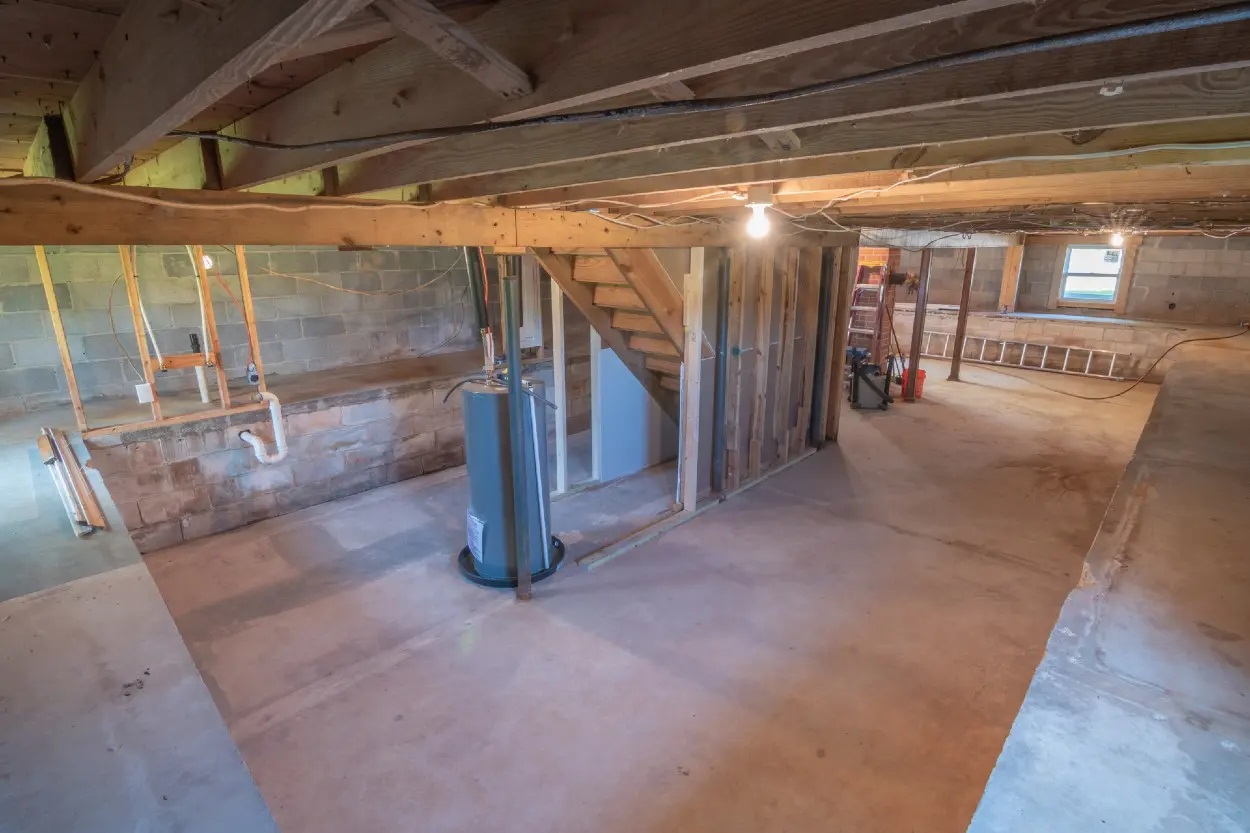

Articles
How Much To Turn Crawl Space Into Basement
Modified: February 24, 2024
Looking to convert your crawl space into a basement? Find out how much it may cost and what articles to read for valuable insights.
(Many of the links in this article redirect to a specific reviewed product. Your purchase of these products through affiliate links helps to generate commission for Storables.com, at no extra cost. Learn more)
Introduction
Converting a crawl space into a basement is a significant home improvement project that can provide homeowners with valuable additional space and improved functionality. A crawl space is typically a small, unfinished area beneath a house that is used mainly for access to plumbing and wiring. It is not intended for regular use or storage. However, by transforming this underutilized area into a fully-functional basement, homeowners can add significant value to their property and expand their living space.
Turning a crawl space into a basement involves a series of steps, including excavation, foundation reinforcement, waterproofing, and finishing. It is a complex process that requires professional expertise and careful planning. Additionally, there are several factors to consider, such as cost, feasibility, and local building codes. In this article, we will explore these factors in detail, providing you with essential information to help you make an informed decision about converting your crawl space into a basement.
Key Takeaways:
- Converting a crawl space into a basement can add significant value and functionality to your home, but it requires careful planning, professional expertise, and consideration of factors such as structural integrity, drainage, permits, access, and budget.
- While converting a crawl space into a basement offers benefits like additional living space and increased property value, it’s essential to weigh the potential drawbacks, such as cost, disruptions, engineering constraints, and permitting requirements. Careful evaluation and consultation with professionals are crucial for a successful and rewarding transformation.
Read more: How To Turn Crawl Space Into Basement
Factors to Consider
Before embarking on the project of converting a crawl space into a basement, there are several important factors to consider. These factors will not only help determine the feasibility of the project but also contribute to its overall success.
- Structural Integrity: The structural integrity of your home is one of the primary considerations when converting a crawl space into a basement. It is crucial to assess whether the existing foundation can support the additional weight of a basement. A professional contractor or structural engineer can evaluate your property to determine if any modifications or reinforcements are necessary.
- Drainage and Waterproofing: Crawl spaces are notorious for moisture problems. To convert a crawl space into a basement, it is essential to address any existing moisture issues and incorporate proper drainage and waterproofing systems. This will help prevent water damage, mold, and other potential problems that can compromise the integrity of the newly created space.
- Permits and Building Codes: Before starting any construction project, it is important to obtain the necessary permits and ensure compliance with local building codes. Converting a crawl space into a basement may require approvals and inspections, so it is crucial to research and understand the regulations in your area. Hiring a professional contractor experienced in basement conversions can help navigate the permit process and ensure compliance with building codes.
- Access and Egress: Consider the access points to the existing crawl space and how they will be modified to accommodate the transition to a basement. You may need to create new entry and exit points, such as stairs or exterior access doors. It is important to evaluate the feasibility of such modifications and their impact on the overall layout and functionality of your home.
- Cost and Budget: Converting a crawl space into a basement is a significant investment. It is crucial to assess the financial implications of the project and establish a realistic budget. Costs can vary depending on factors such as the size of the space, the complexity of the construction, and the desired finishes. Consulting with a professional contractor and obtaining multiple quotes can help you determine the estimated cost and make an informed decision.
By carefully considering these factors, you can determine if converting your crawl space into a basement is a feasible and practical option for your home. It is always advisable to consult with professionals who specialize in basement conversions to ensure the project is executed smoothly and efficiently.
Cost of Turning Crawl Space into Basement
The cost of turning a crawl space into a basement can vary significantly depending on various factors, such as the size of the crawl space, the extent of excavation required, the complexity of the construction, and the desired finishes. It is important to have a clear understanding of these costs to accurately budget for the project.
On average, the cost of converting a crawl space into a basement can range from $50 to $150 per square foot. This estimate includes the cost of excavation, foundation reinforcement, waterproofing, insulation, electrical work, plumbing, and finishing. However, it is important to note that these figures can vary based on your location and the specific requirements of your project.
Excavation is one of the most significant costs associated with converting a crawl space into a basement. The excavation process involves digging out the existing crawl space area to create the desired depth and space for the basement. Excavation costs can depend on the accessibility of the site, the soil conditions, and the amount of excavation required. Professional excavators will typically charge based on the volume of soil removed.
In addition to excavation, foundation reinforcement is another crucial cost consideration. This involves reinforcing the existing foundation walls to support the additional weight and structural changes. The cost of foundation reinforcement can vary based on the materials used and the extent of reinforcement required. Consulting with a professional contractor or structural engineer will help you determine the specific requirements and associated costs.
Waterproofing is an essential component of converting a crawl space into a basement. It is important to ensure that the newly constructed basement is protected from water intrusion and potential moisture problems. Waterproofing costs include the installation of a drainage system, such as a sump pump, and the application of waterproof membranes and coatings on the foundation walls. The complexity of the waterproofing system required and the size of the basement will impact the overall cost.
Electrical work, plumbing, insulation, and finishing are additional costs to consider. These costs will vary depending on the size of the basement and the specific requirements for electrical outlets, plumbing fixtures, insulation materials, and finishing materials such as flooring, walls, and ceilings. It is advisable to consult with professionals in these fields to accurately determine the costs involved.
Overall, it is essential to budget for the conversion of a crawl space into a basement by considering all the necessary components and potential hidden costs. Obtaining multiple quotes from reputable contractors and discussing the specifics of your project will help you make informed decisions and ensure that you are financially prepared for the transformation of your crawl space into a functional basement.
Before deciding to turn a crawl space into a basement, consider the cost, structural feasibility, and local building codes. Get a professional assessment to determine if it’s a viable option for your home.
Steps Involved in Converting Crawl Space into Basement
Converting a crawl space into a basement is a complex process that involves several key steps. Each step is essential to ensure a successful transformation and the creation of a functional and structurally sound basement space. Here are the general steps involved in converting a crawl space into a basement:
- Evaluation and Planning: The first step is to assess the feasibility of converting your crawl space into a basement. This involves evaluating the structural integrity of your existing foundation and determining if any modifications or reinforcements are necessary. It is also crucial to plan the layout and design of the basement, considering the desired purposes and functionalities of the space.
- Excavation: Excavation is a critical step in creating the basement space. It involves removing the soil in the crawl space area to achieve the desired depth and dimensions for the basement. Professional excavators will use heavy machinery to carefully excavate and remove the soil while ensuring the stability of the surrounding structures.
- Foundation Reinforcement: Once the excavation is complete, the existing foundation walls will need to be reinforced to support the additional weight and changes. This may involve installing steel beams, reinforcing rods, or wall anchors to strengthen the foundation and ensure its stability. A structural engineer or contractor should assess the specific requirements for your project.
- Waterproofing: Waterproofing is crucial to prevent water intrusion and moisture-related issues in the newly created basement. This step involves installing a comprehensive waterproofing system, which usually includes a drainage system to redirect groundwater and a waterproof membrane or coating applied to the foundation walls and floor. Properly installed waterproofing systems will help protect your basement from potential water damage and mold growth.
- Electrical and Plumbing: Once the foundation is reinforced and waterproofed, the electrical and plumbing systems can be installed in the basement. This involves running electrical wires, installing outlets, switches, and light fixtures. Plumbing work includes laying pipes for water supply, drainage, and installing fixtures such as sinks, toilets, and showers. It is essential to hire licensed professionals for this step to ensure compliance with building codes and safety regulations.
- Insulation and Finishing: Insulating the basement is crucial for temperature control and energy efficiency. This step includes installing insulation in the walls, floor, and ceiling. Once insulation is in place, the basement can be finished according to your design preferences. Finishing may involve installing drywall, painting, flooring, and any additional features such as cabinets or a staircase to provide access between floors.
Throughout the conversion process, it is important to engage experienced professionals who specialize in basement conversions. They will ensure that each step is completed correctly and in compliance with local building codes. Good planning, careful execution, and attention to detail will result in a successful conversion and the creation of a functional basement space to expand your home’s living area.
Benefits and Drawbacks of Converting Crawl Space into Basement
Converting a crawl space into a basement offers numerous benefits, but it is also important to consider the potential drawbacks. Understanding both the advantages and disadvantages will help you make an informed decision about whether converting your crawl space into a basement is the right choice for your home. Let’s explore the benefits and drawbacks:
Benefits:
- Additional Living Space: One of the significant benefits of converting a crawl space into a basement is the addition of usable living space. This provides you with more room for various purposes, such as an extra bedroom, a home office, a recreation area, a gym, or even a rental unit. The increased space can enhance your quality of life and cater to your specific needs and lifestyle.
- Increased Property Value: Converting a crawl space into a basement can significantly increase the value of your property. Appraisers and real estate agents consider finished basements as valuable additions, which can attract potential buyers and potentially lead to a higher selling price in the future. It is important to consult with local real estate professionals to understand the potential impact on your property value.
- Improved Storage: A basement provides ample storage space for belongings that may not have a designated place in the rest of the house. You can use the basement to store seasonal items, household utilities, and other items that are not regularly used. This helps declutter the main living areas and keeps your home organized and tidy.
- Enhanced Functionality: Converting a crawl space into a basement allows for more functional use of the space. Rather than having a limited crawl space that is difficult to access and utilize, a basement can be designed to accommodate various activities, such as laundry, workshops, or home theaters. The increased functionality adds versatility to your home and enhances your daily living experience.
Drawbacks:
- Cost-Intensive: Converting a crawl space into a basement is a significant investment that can be costly. The expenses involved in excavation, foundation reinforcement, waterproofing, electrical, plumbing, and finishing can quickly add up. It is crucial to properly budget for the project and ensure that you have the financial resources to cover the costs.
- Potential Disruption: The conversion process can be disruptive to your daily routine. From the excavation stage to the installation of new utilities and finishes, there may be noise, dust, and temporary inconveniences involved. It is important to plan accordingly and consider the impact on your household during the construction phase.
- Engineering and Structural Constraints: Not all homes are suitable for converting a crawl space into a basement. Some structural constraints may make the conversion unfeasible or cost-prohibitive, such as unsuitable soil conditions or an unstable foundation. It is essential to consult with professionals to evaluate the structural integrity of your home before proceeding with the project.
- Permitting and Building Codes: Converting a crawl space into a basement may require obtaining permits and complying with local building codes. This can add complexity and potential delays to the project. It is crucial to research and understand the regulations in your area and ensure that the necessary permits are acquired before starting the conversion.
Considering these benefits and drawbacks will help you weigh the pros and cons of converting your crawl space into a basement. Consult with professionals to assess the feasibility of your project and gather accurate cost estimates. Ultimately, the decision should align with your long-term goals, budget, and lifestyle preferences.
Read more: What Is A Crawl Space Basement?
Conclusion
Converting a crawl space into a basement can be a rewarding home improvement project that provides homeowners with additional living space, increased property value, and enhanced functionality. However, it is important to carefully consider the factors involved and weigh the benefits against the potential drawbacks.
Before embarking on the conversion process, it is essential to evaluate the structural integrity of your existing foundation, address any moisture issues, and ensure compliance with local building codes. Hiring experienced professionals and obtaining multiple quotes will help you make informed decisions and accurately budget for the project.
The benefits of converting a crawl space into a basement include the addition of usable living space, increased property value, improved storage solutions, and enhanced functionality. However, it is important to be mindful of the potential drawbacks, such as the significant cost involved, potential disruptions during construction, and engineering and permitting constraints.
Ultimately, the decision to convert your crawl space into a basement should align with your long-term goals, budget, and lifestyle preferences. Careful planning, consultation with professionals, and thorough research will ensure the success of the project and help you create a functional and valuable addition to your home.
By considering all aspects and making an informed decision, you can embark on the journey of converting your crawl space into a basement, unlocking additional space and transforming your home to better meet your needs and enhance its value.
Frequently Asked Questions about How Much To Turn Crawl Space Into Basement
Was this page helpful?
At Storables.com, we guarantee accurate and reliable information. Our content, validated by Expert Board Contributors, is crafted following stringent Editorial Policies. We're committed to providing you with well-researched, expert-backed insights for all your informational needs.
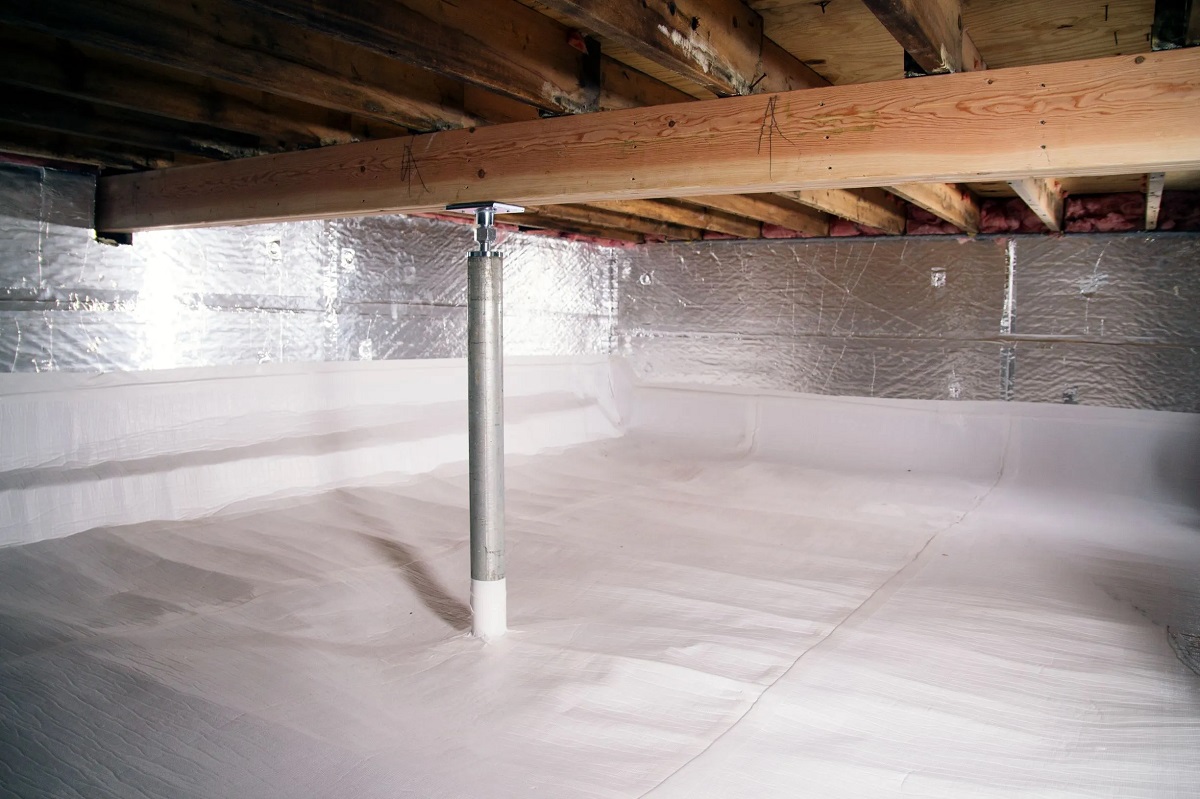
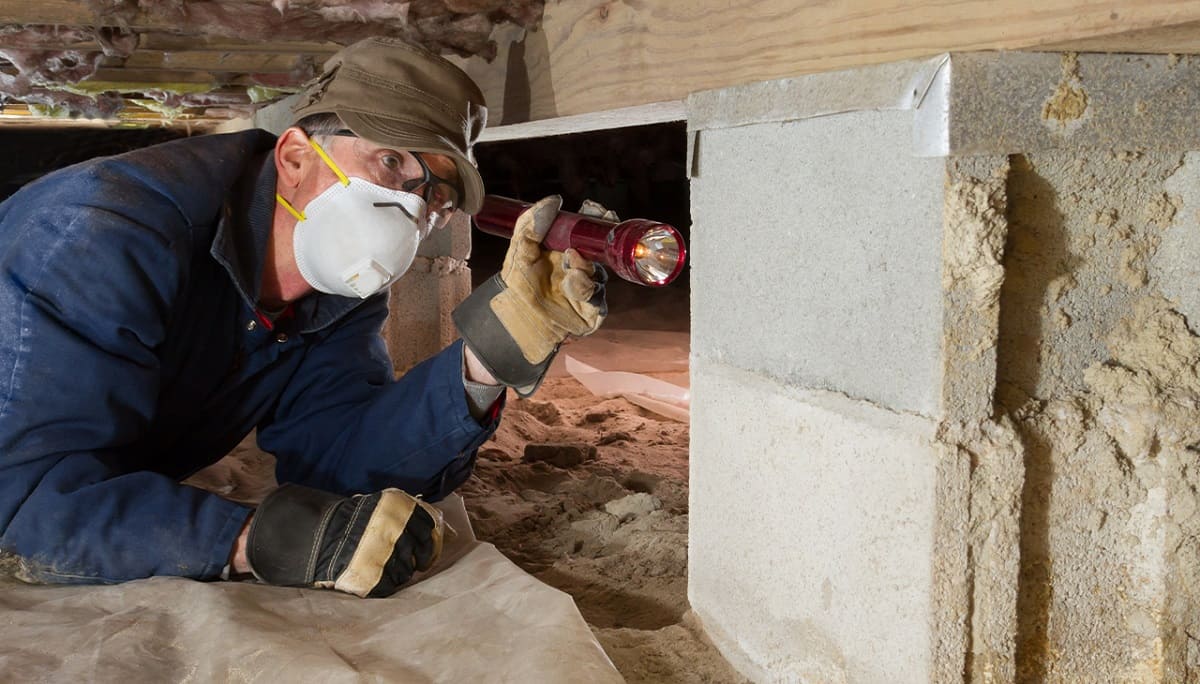
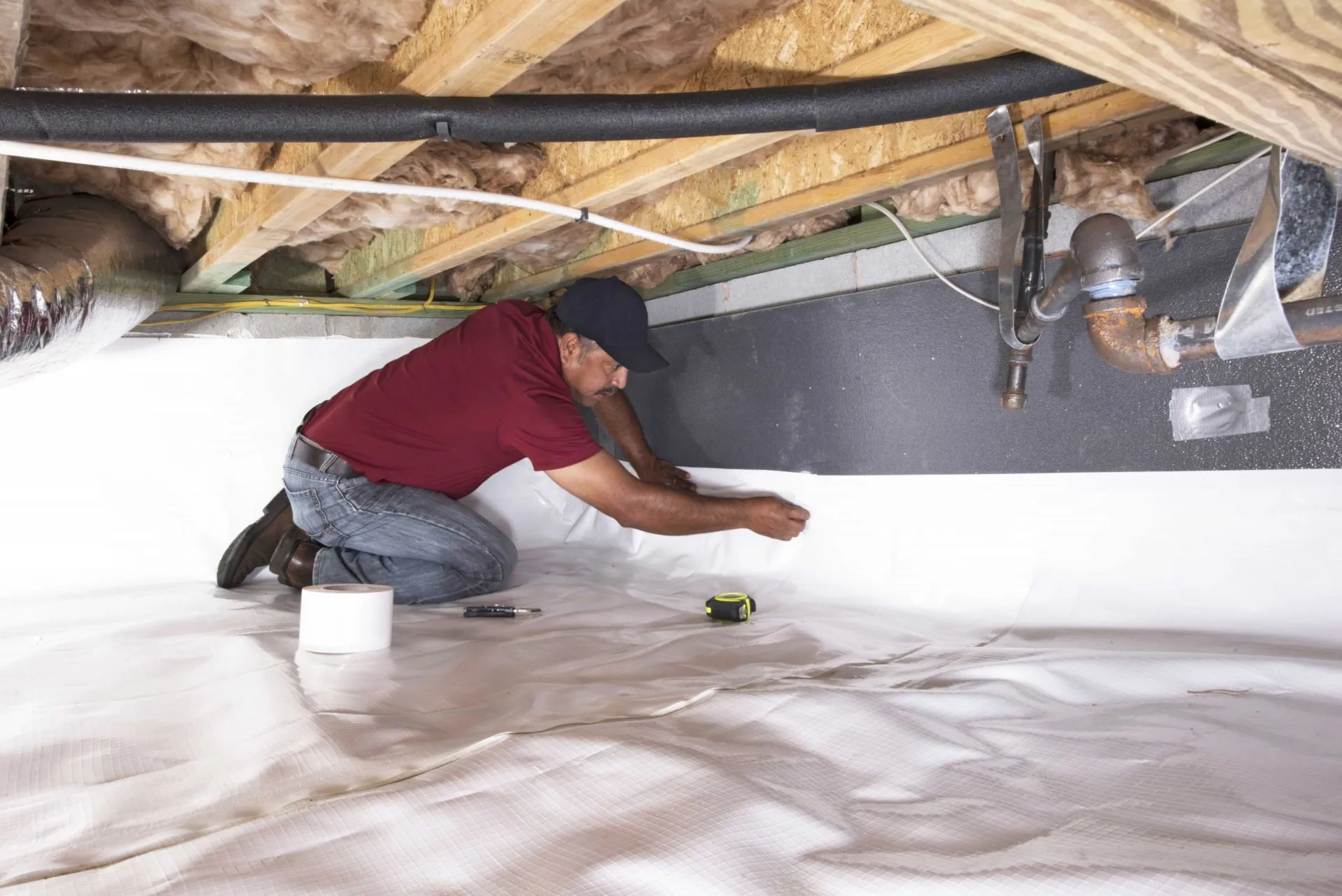
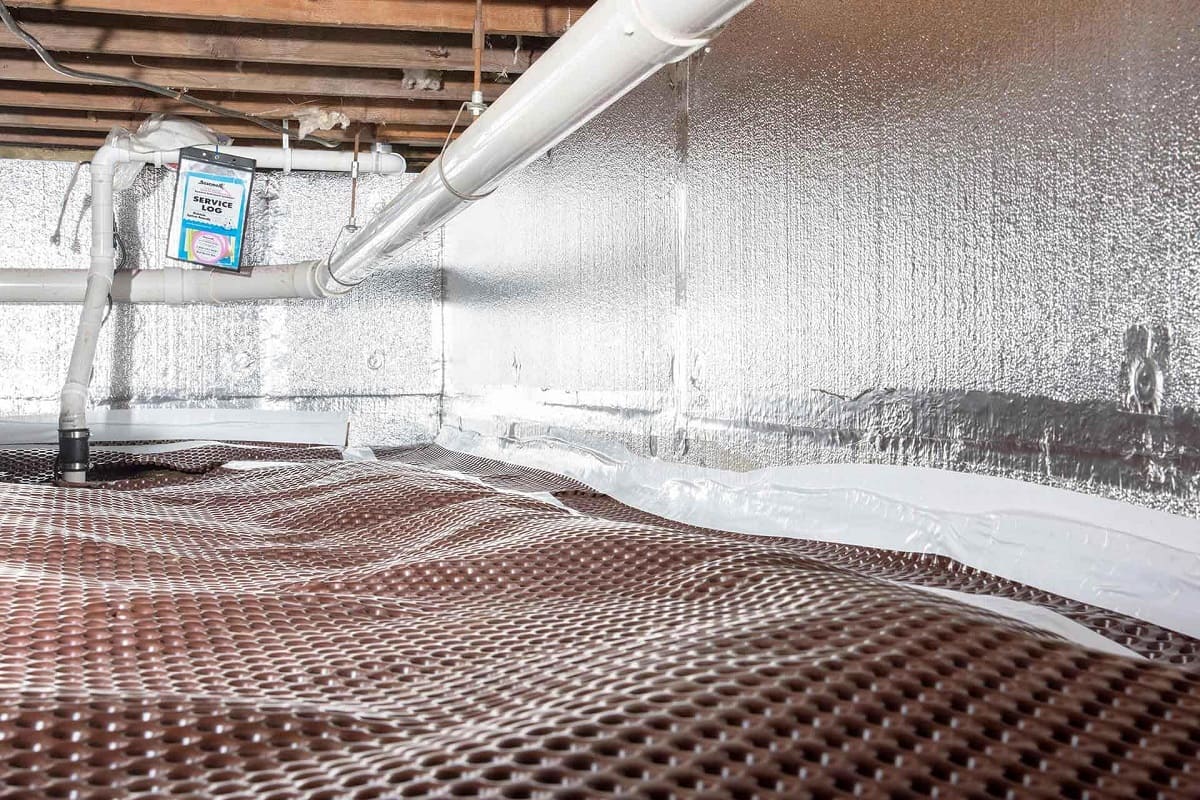
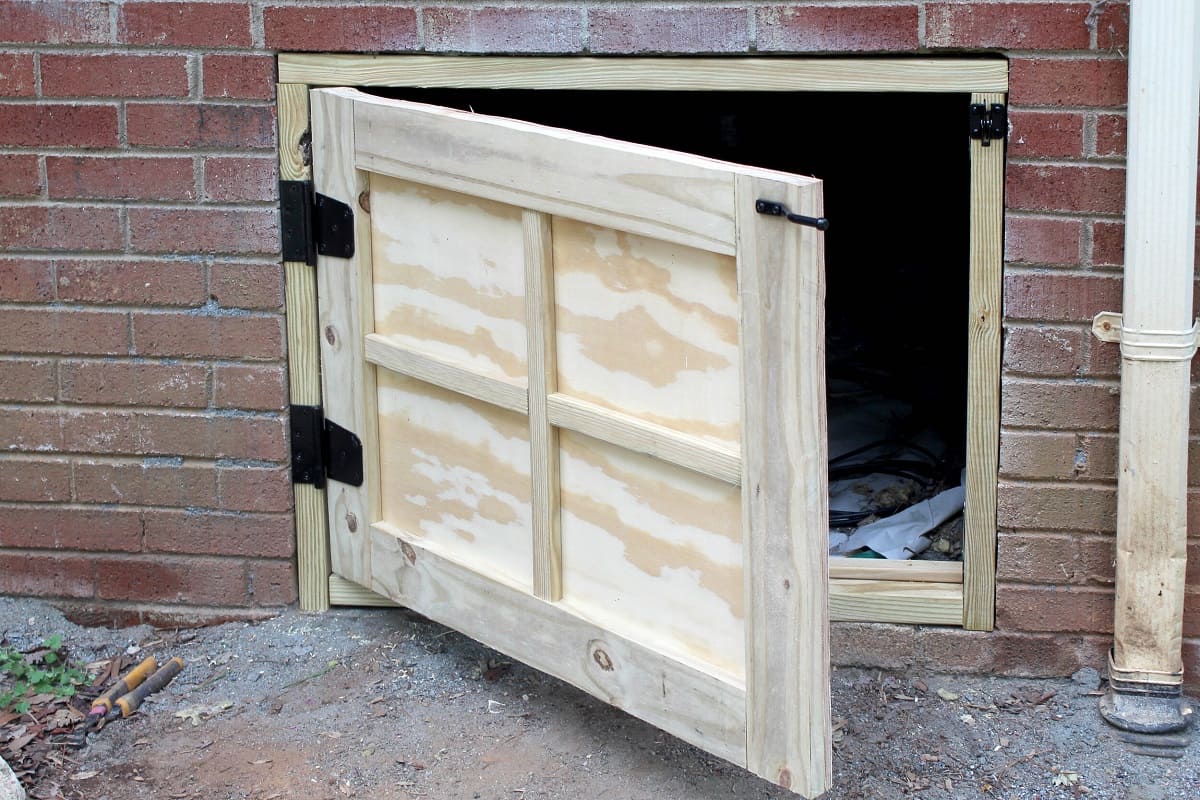
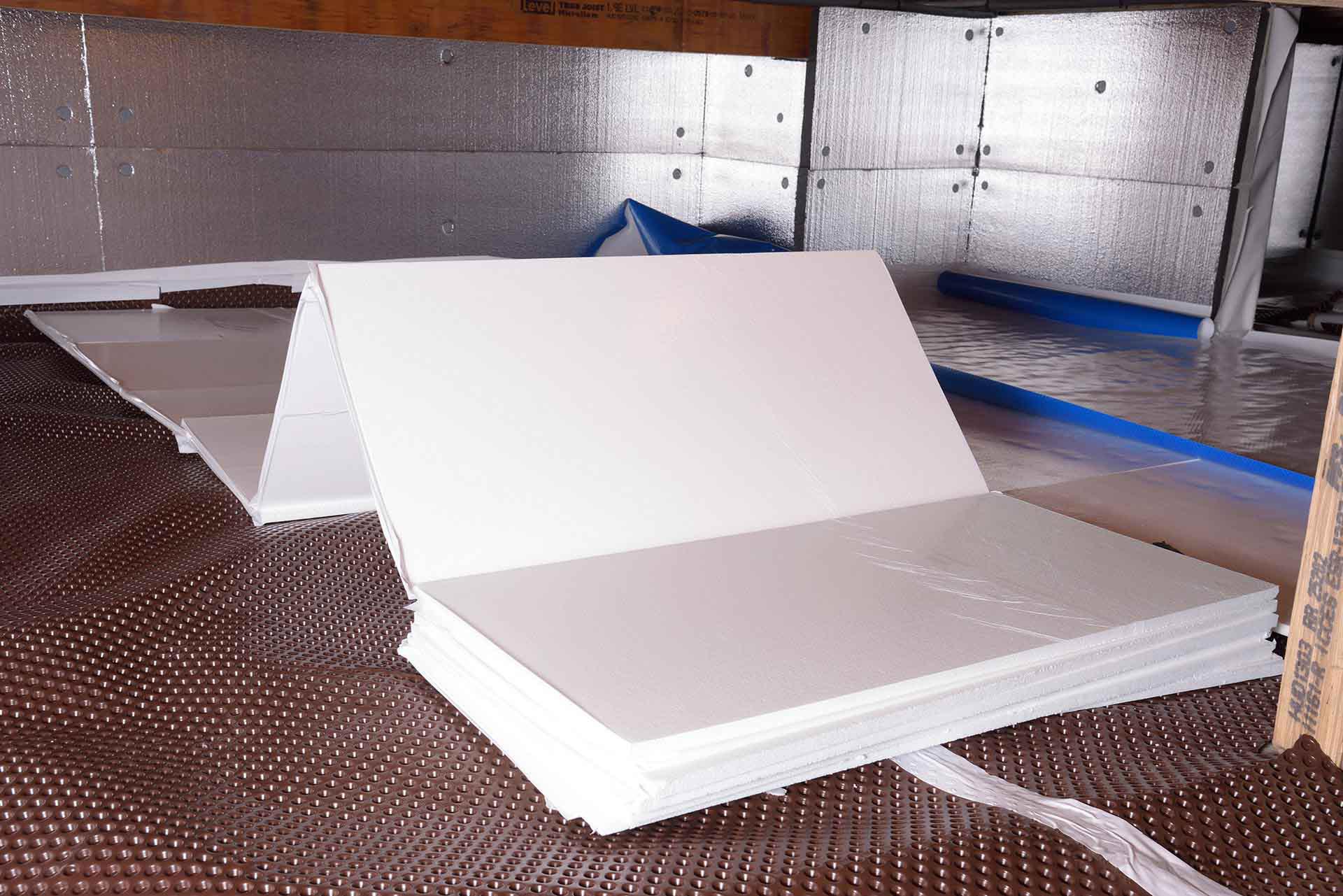
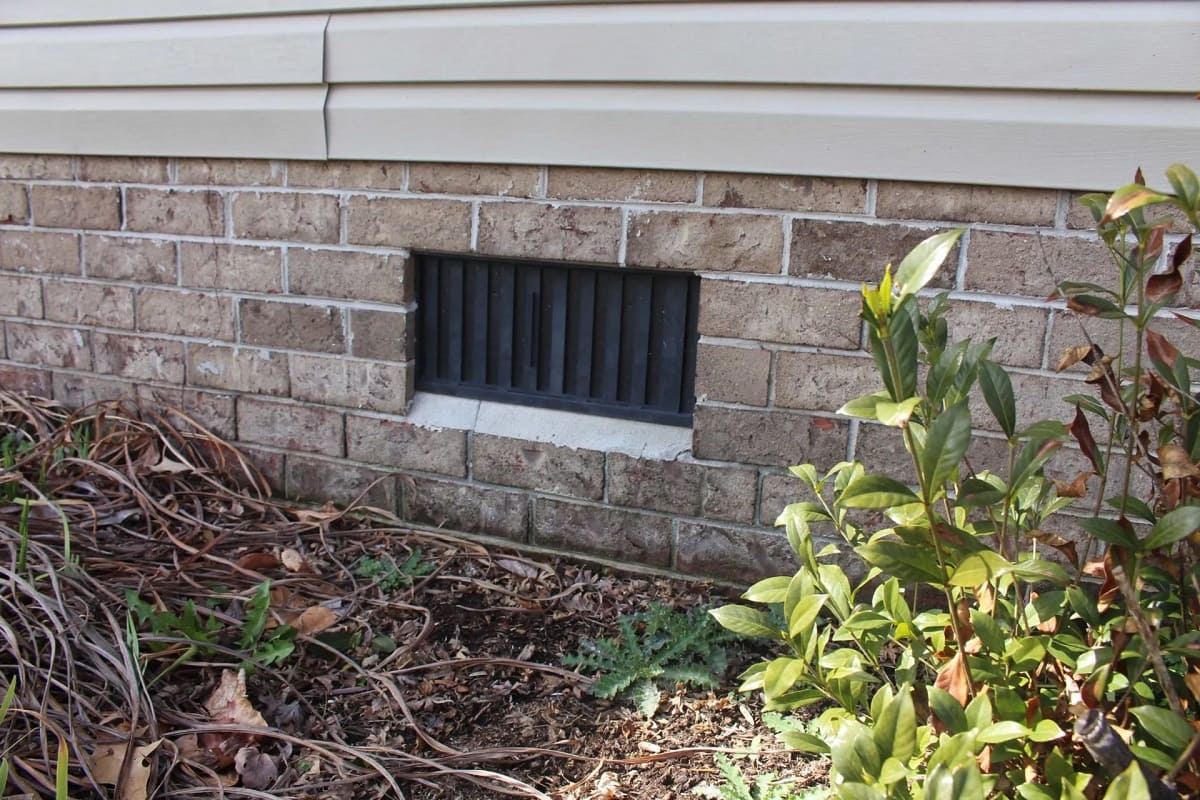
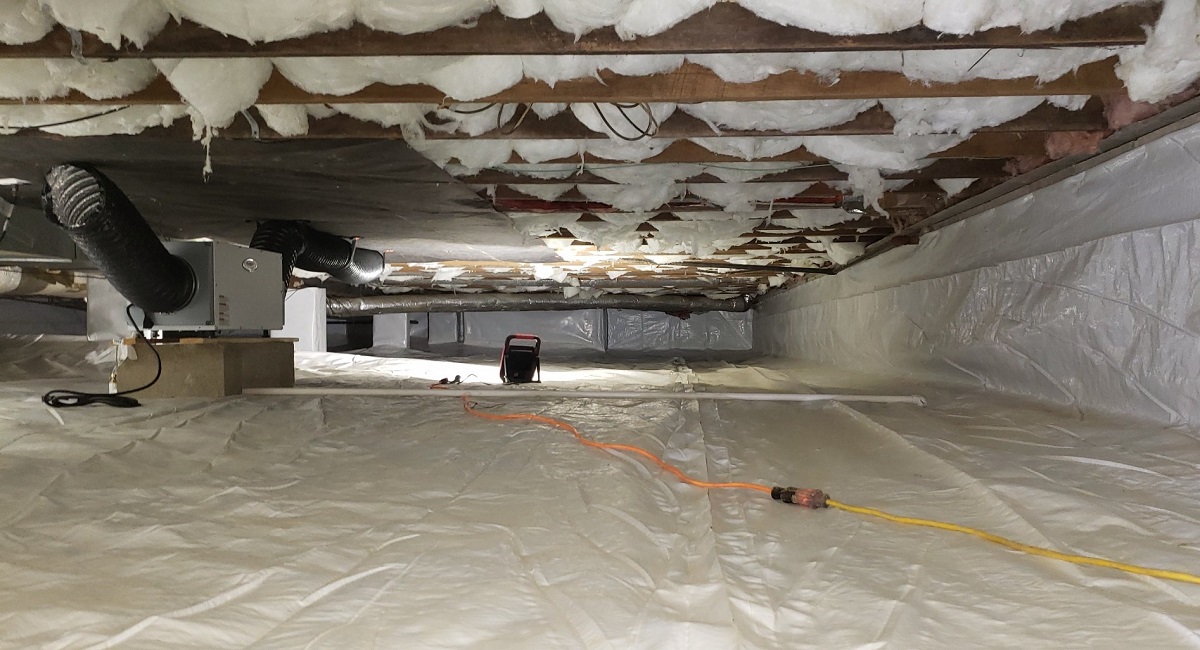
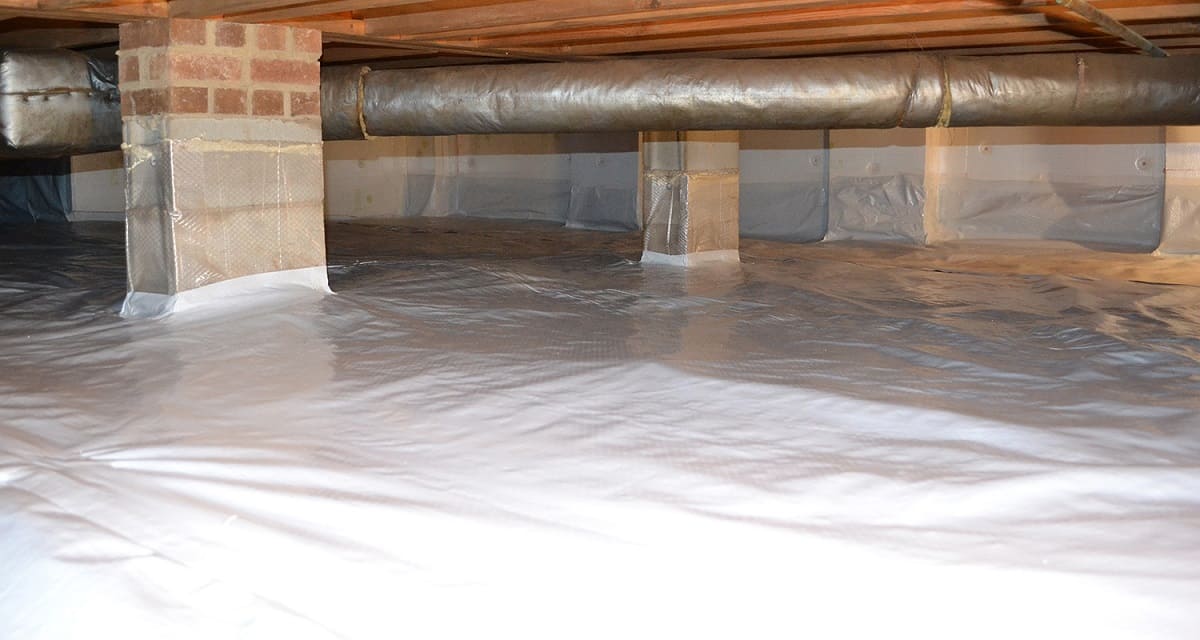


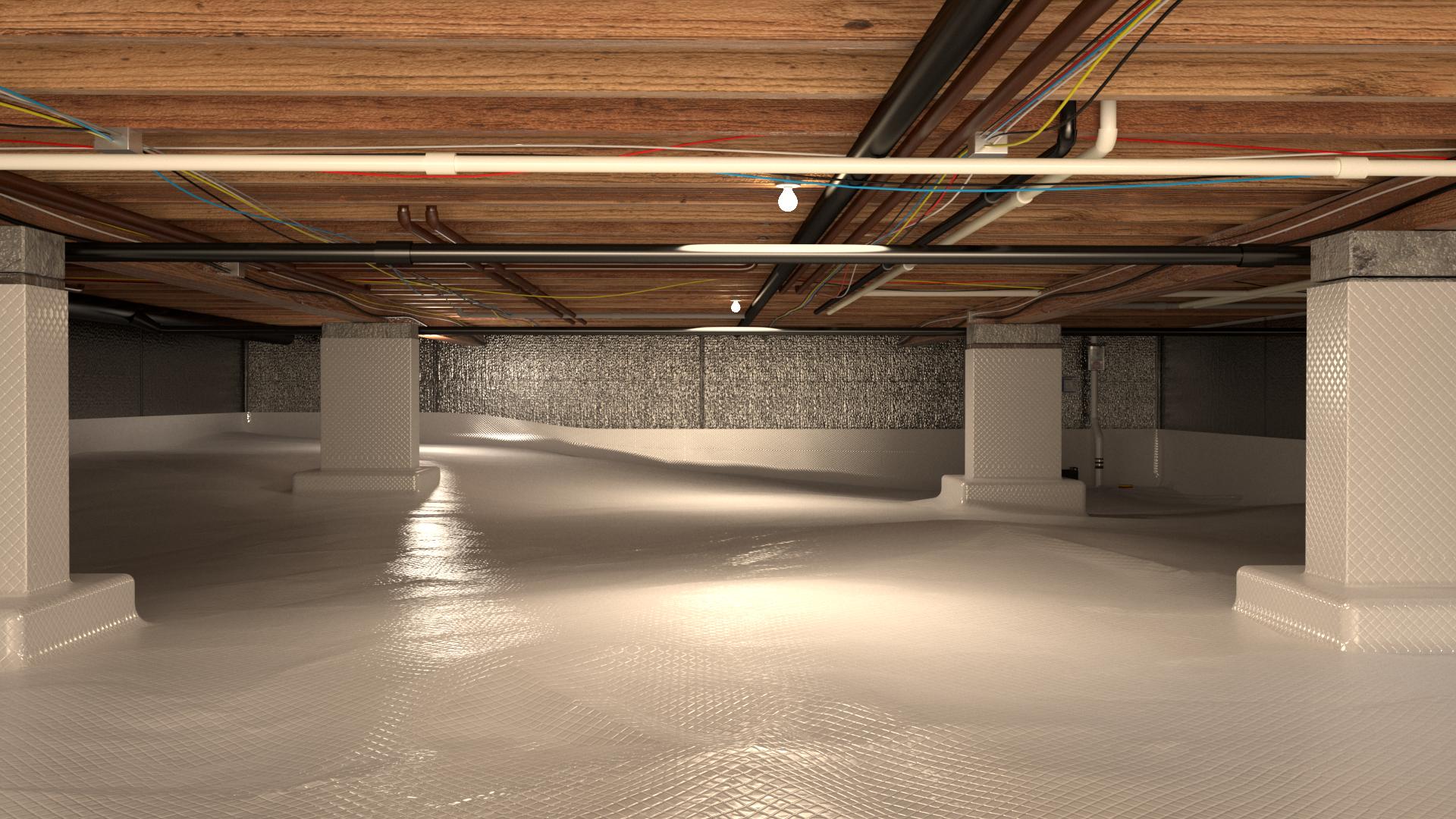
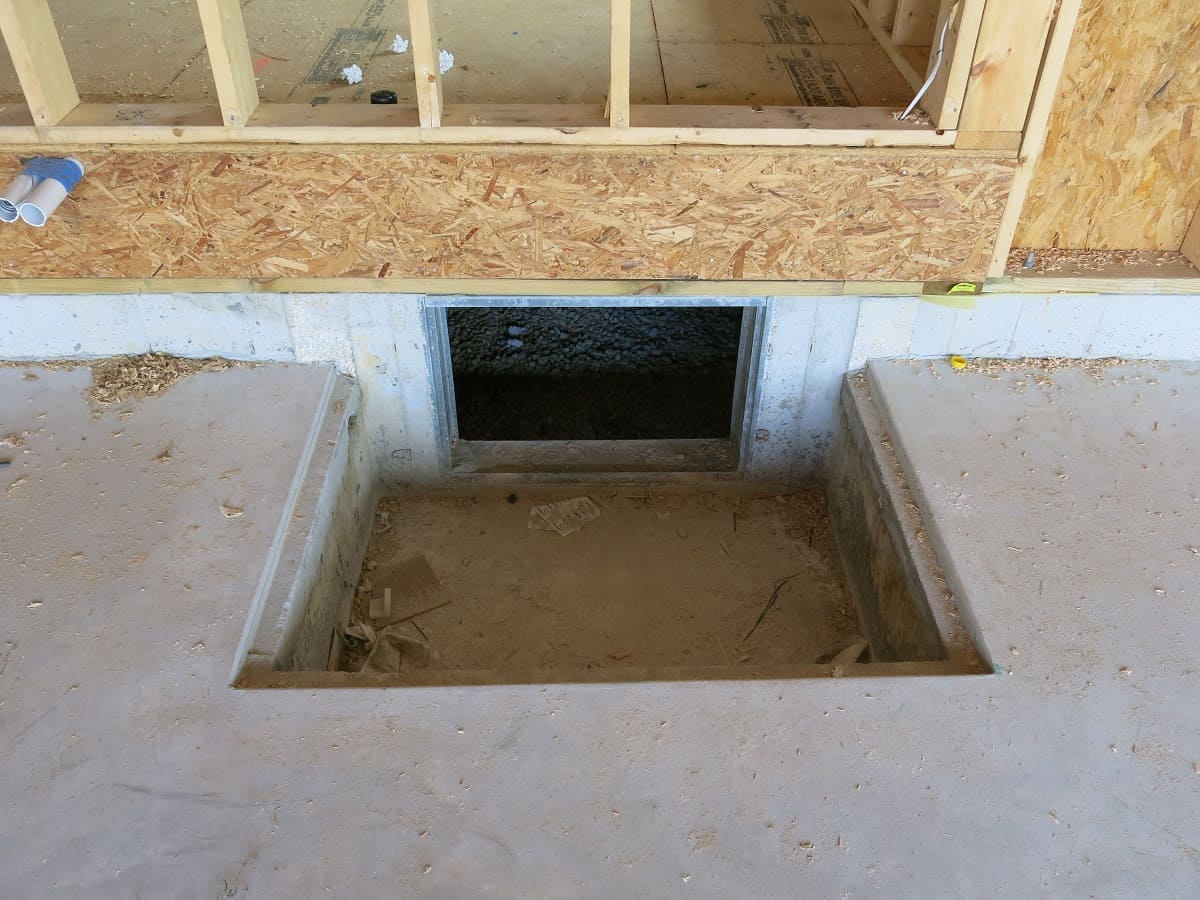
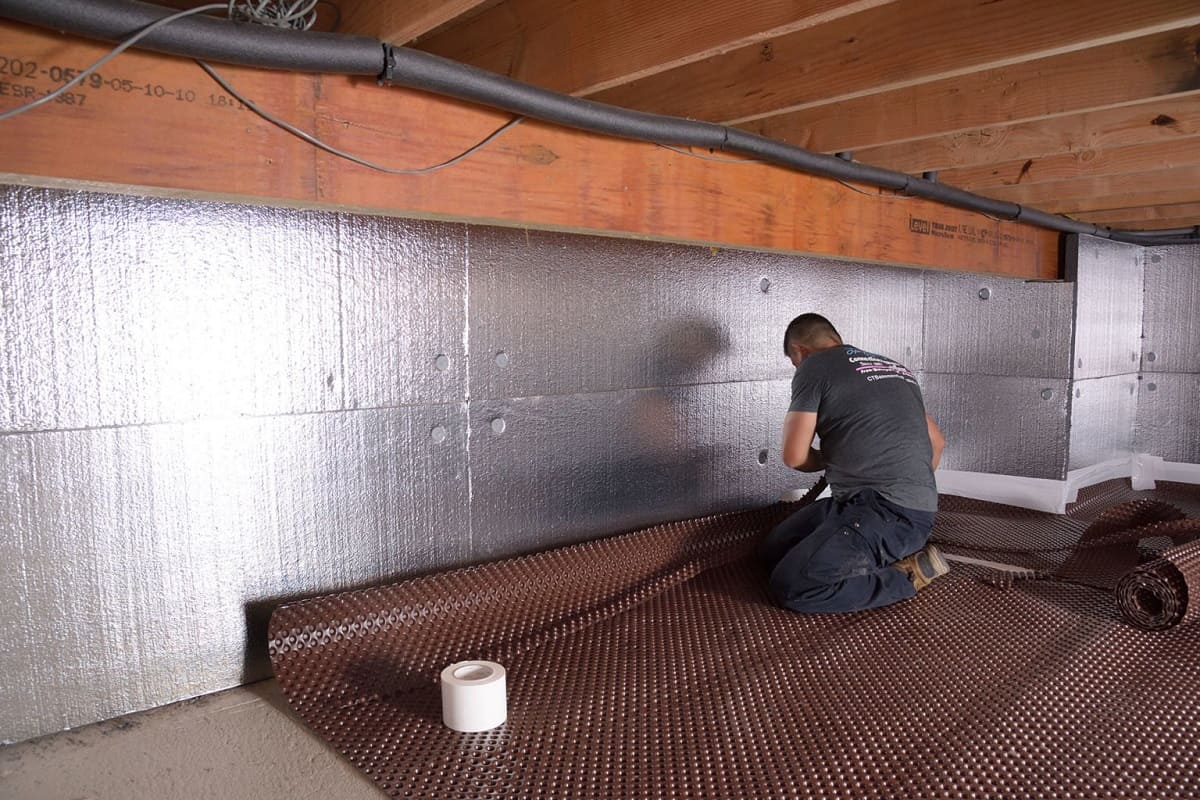

0 thoughts on “How Much To Turn Crawl Space Into Basement”